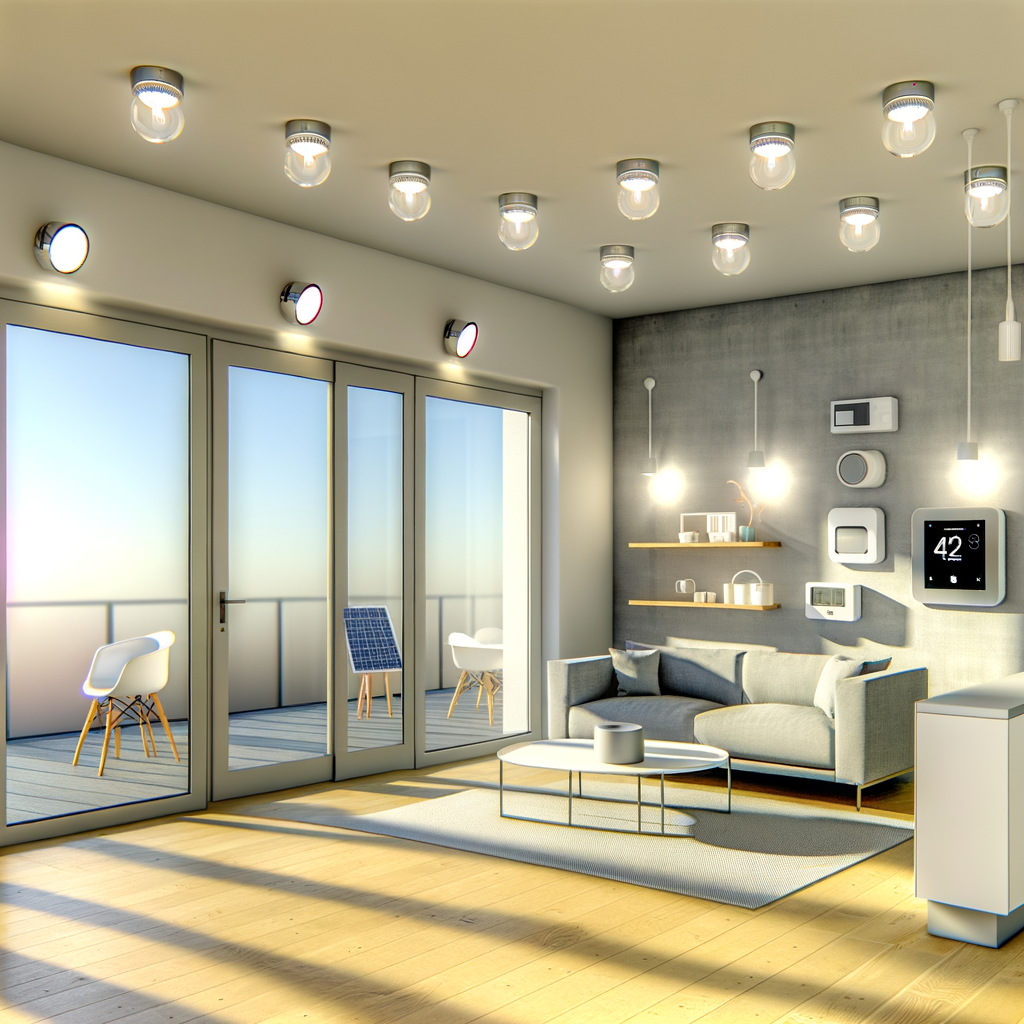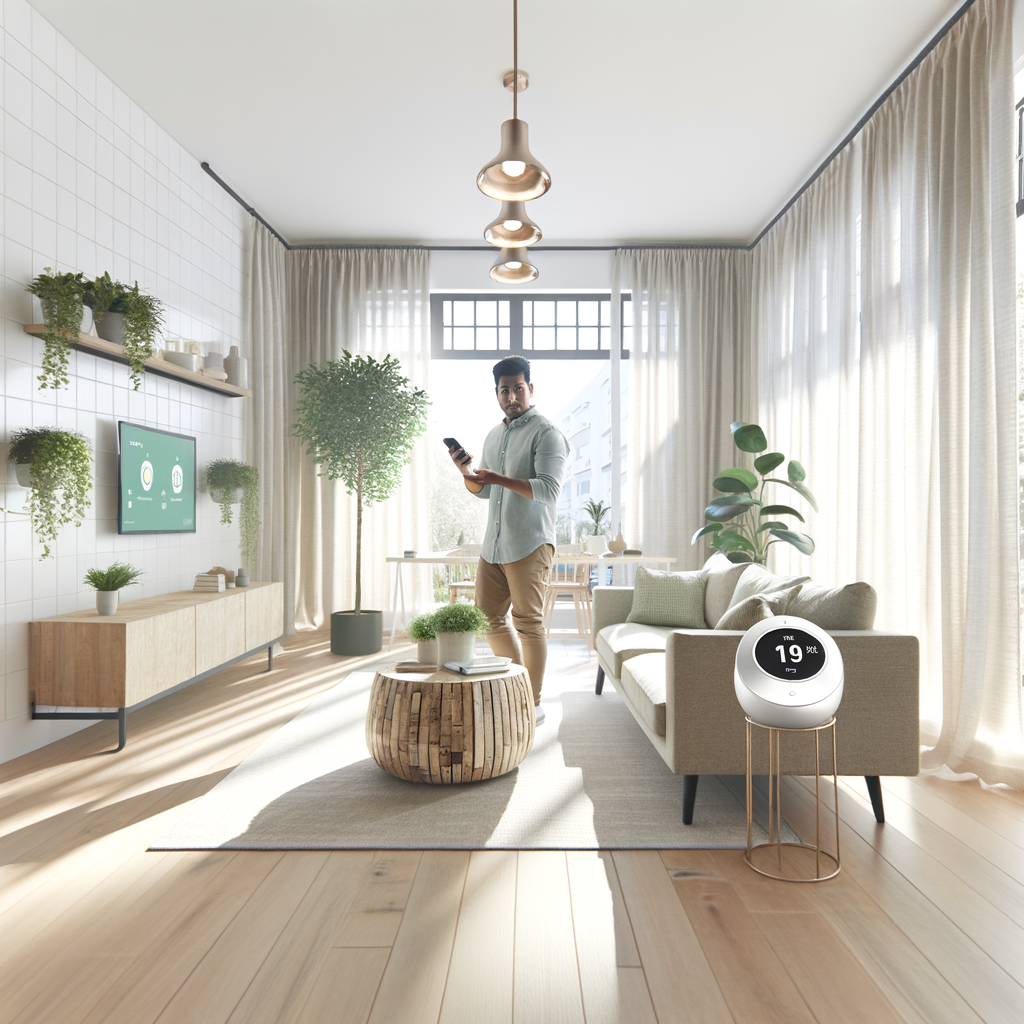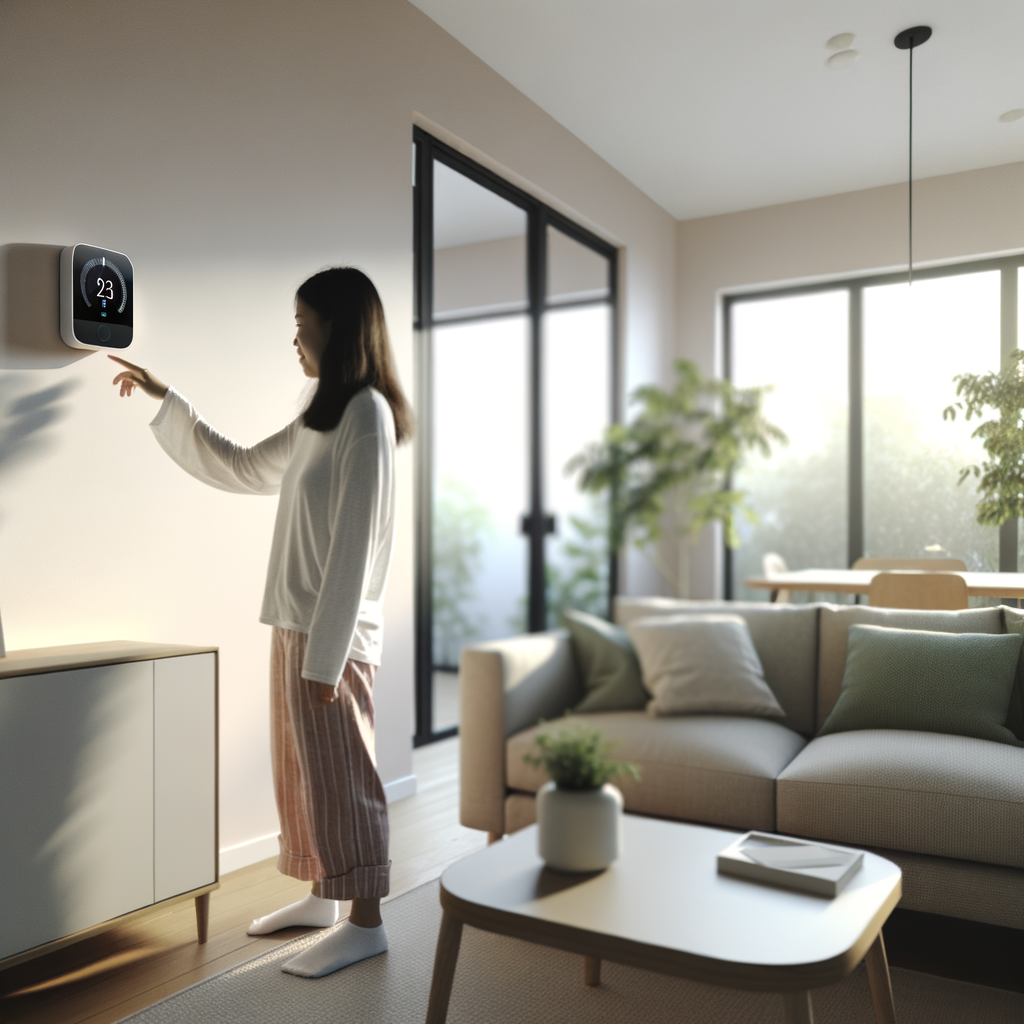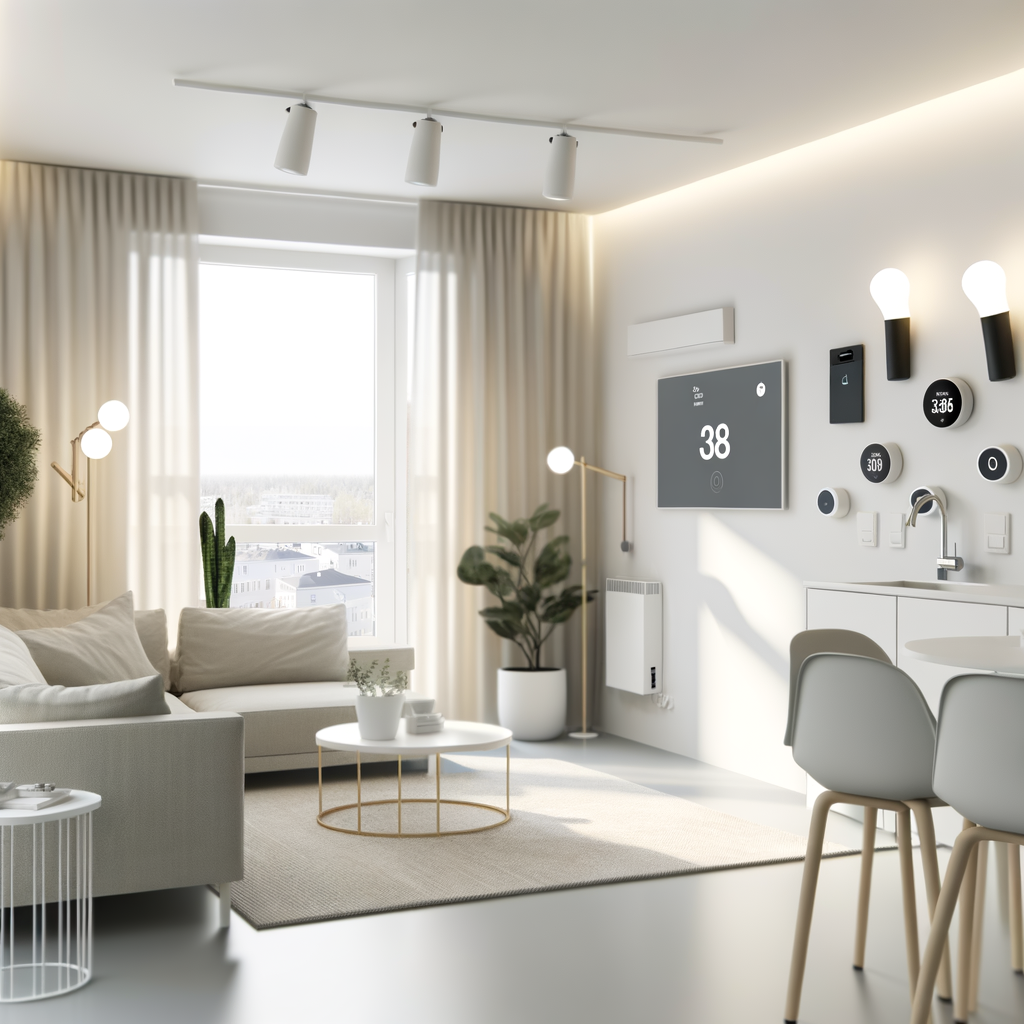Myth-Busting Smart Homes: 7 Common Misconceptions About Energy-Efficient Tech for Renters
Smart home technology is no longer just for homeowners or tech enthusiasts. As energy costs rise and renters become more eco-conscious, interest in smart, energy-efficient devices has skyrocketed. Yet, many renters hesitate to invest because of widespread myths that make them believe smart homes are not for them.
Let’s set the record straight. In this guide, we’ll debunk the seven most common misconceptions about smart, energy-efficient tech for renters and reveal how you can save money, shrink your carbon footprint, and boost convenience — all without risking your security deposit.
1. Myth: Smart Energy Devices Are Only for Property Owners
Many renters think installing smart devices requires permanent changes like rewiring or drilling, so only homeowners can enjoy the perks. This couldn’t be further from the truth.
Why It’s a Myth
- Most popular smart devices are designed for easy installation and removal.
- Battery-powered or plug-in models require no wiring or structural changes.
- Many landlords are supportive of upgrades that do not damage the property.
Actionable Advice for Renters
- Opt for no-drill solutions: Look for smart lights, plugs, or sensors that stick on with adhesive or plug into outlets.
- Go wireless: Use Wi-Fi or Bluetooth devices to avoid any need for rewiring.
- Check with your landlord: Communicate your plans up front. Emphasize that devices can be removed without trace.
2. Myth: Smart Thermostats Only Work With Central Heating Systems
Smart thermostats often make headlines, but not all apartments or rentals have central A/C or heating systems. Does that mean renters are left out? Not at all.
Why It’s a Myth
- New models support ductless, baseboard, radiator, and portable heating/cooling units.
- There are many plug-in or smart remote controls compatible with window A/Cs or space heaters.
Actionable Advice for Renters
- Identify your setup: Check if your heater or A/C is compatible with a smart remote or plug.
- Consider a smart plug: Devices like smart plugs can automate window A/C and electric radiators.
- Try infrared (IR) smart remotes: These can mimic your unit’s remote control, letting you automate scheduling and temperature from your phone.
3. Myth: Smart Home Technology Compromises Privacy and Security
The idea that smart home technology opens renters up to constant data monitoring or hacking is a lingering concern. While privacy is important, today’s smart tech has evolved with renters’ needs in mind.
Why It’s a Myth
- Reputable smart device brands enforce end-to-end encryption and robust firmware updates.
- You can control what data is collected and who has access via app settings.
- You’re not required to use “always listening” features like voice assistants.
Actionable Advice for Renters
- Research brands: Stick to well-known brands with transparent privacy policies.
- Secure your network: Use strong Wi-Fi passwords and enable two-factor authentication when possible.
- Customize permissions: Only enable the features you’re comfortable with and regularly update device software.
4. Myth: Smart Home Gadgets Cost a Fortune
The misconception that energy-efficient tech is out of financial reach leaves many renters stuck paying higher utility bills than necessary.
Why It’s a Myth
- Entry-level smart plugs, bulbs, and sensors are widely available for under $50.
- These devices quickly pay for themselves through energy savings.
- Bundled starter kits can cut costs further.
Actionable Advice for Renters
- Start small: Begin with one or two smart plugs or bulbs in the rooms you use most.
- Look for energy-saving rebates: Some local utility companies offer rebates on smart thermostats and energy-saving devices (check their website).
- Watch for sales: Shopping during holidays, back-to-school, or Earth Day can yield deep discounts.
5. Myth: You Need to Be a Tech Whiz to Install and Use Smart Devices
Images of tangled wires, complex apps, and troubleshooting forums can make smart devices seem intimidating. But modern smart devices are created with non-techies in mind.
Why It’s a Myth
- Many gadgets now have wizards or walkthroughs that guide you from unboxing to daily use.
- Plug-and-play installation is common; many set up in minutes.
- No-coding-required automation via intuitive apps.
Actionable Advice for Renters
- Check for video guides: Most manufacturers offer step-by-step video tutorials.
- Choose app-based devices: These walk you through pairing and setup, often via QR code scanning.
- Start with simple automation: Try automating just one lamp or appliance to learn the basics.
6. Myth: Smart Devices Aren’t Compatible With Rental Apartments’ Older Wiring and Fixtures
Old apartments often don’t have neutral wires in the walls or modern light fixtures, which can lead renters to think smart tech won’t work there. Thankfully, plenty of solutions exist.
Why It’s a Myth
- Many smart home products plug directly into standard wall outlets or screw into any standard socket.
- Battery-powered devices avoid wiring altogether.
- New “no-neutral” smart switches and adapters are built specifically for older homes.
Actionable Advice for Renters
- Use smart bulbs or plugs: No need to touch the wiring — just swap into an outlet or socket.
- Opt for battery-powered sensors: Great for window/door sensors or motion detection.
- Consult compatibility charts: Reputable brands post detailed compatibility guides online.
7. Myth: Smart Devices Don’t Save Enough Energy to Be Worthwhile
Some skeptics believe that “flipping a switch” is just as good as an app — and that energy savings aren’t real. However, research shows the opposite, especially for renters who can’t make structural upgrades.
Why It’s a Myth
- Automating lights and appliances prevents energy waste when you forget to switch things off.
- Smart thermostats and sensors can reduce heating and cooling costs by up to 20% or more.
- Monitoring devices show you exactly where to cut waste — something difficult to achieve manually.
Actionable Advice for Renters
- Set schedules: Program lights, fans, and plugs to turn off automatically when you leave the house.
- Use geofencing or sensors: Devices can detect when everyone is out and reduce power consumption accordingly.
- Track your usage: Many apps show historic and real-time energy use to help identify big savers.
Bonus: Tips to Make the Most of Smart Home Tech as a Renter
- Go modular: Purchase devices you can easily pack up and take with you to your next rental.
- Keep packaging and instructions: For easy uninstallation and troubleshooting.
- Document everything: Take photos before and after installation to prove there was no damage if your landlord asks.
- Start a “smart home binder”: Keep a list of devices, settings, and any preferences so you can quickly set up in your next place.




